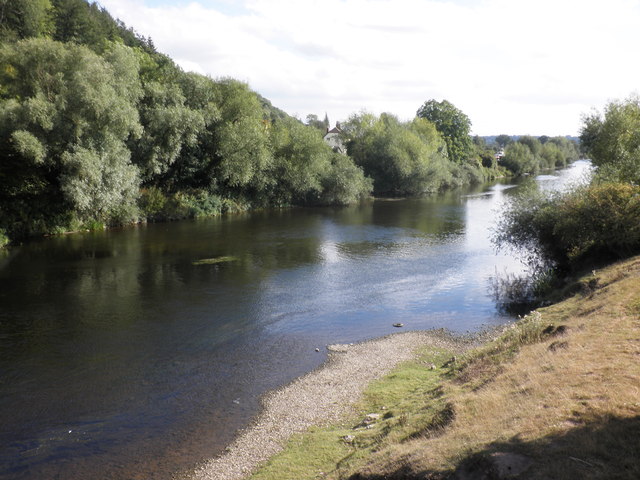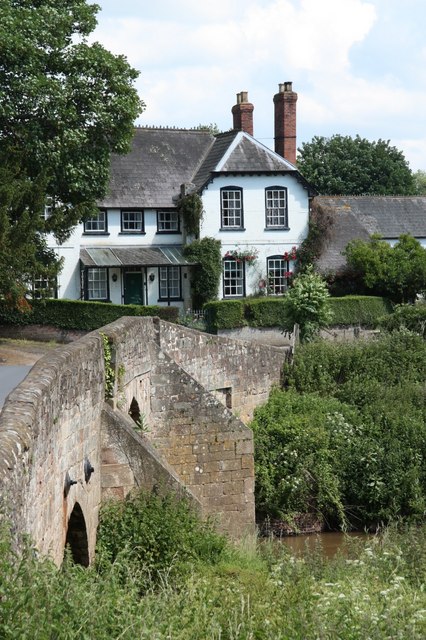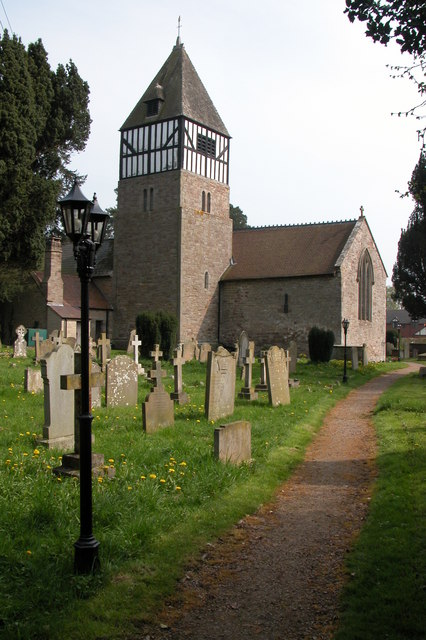Larport
Settlement in Herefordshire
England
Larport
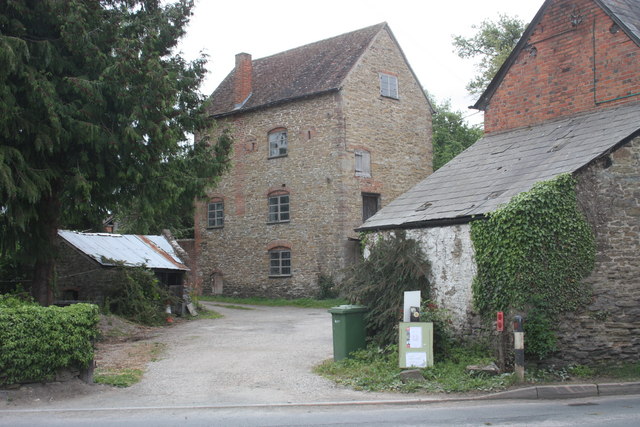
Larport is a charming village located in the picturesque county of Herefordshire, England. Situated in the western part of the county, it is nestled amidst rolling green hills and lush countryside, offering residents and visitors a tranquil and idyllic setting.
With a population of around 500, Larport is a close-knit community that prides itself on its friendly and welcoming atmosphere. The village is renowned for its quaint stone cottages and traditional architecture, which gives it a timeless appeal. The well-preserved historic buildings, such as the village church and the old manor house, add to the village's character and charm.
The village is surrounded by stunning natural beauty, making it a haven for outdoor enthusiasts. There are plenty of walking and cycling trails that wind through the surrounding countryside, allowing visitors to explore the area's scenic landscapes and enjoy breathtaking views.
Larport is also known for its vibrant community spirit, with various events and activities taking place throughout the year. The village hosts an annual summer fair, which attracts visitors from far and wide, showcasing local crafts, produce, and entertainment. Additionally, the village pub, The Red Lion, is a popular gathering spot for locals and visitors alike, serving up delicious food and a wide selection of beverages.
Overall, Larport is a delightful village that offers a peaceful and picturesque escape from the hustle and bustle of city life. With its stunning natural surroundings, rich history, and welcoming community, it is a place that holds an undeniable charm for all who visit.
If you have any feedback on the listing, please let us know in the comments section below.
Larport Images
Images are sourced within 2km of 52.038723/-2.6282982 or Grid Reference SO5738. Thanks to Geograph Open Source API. All images are credited.

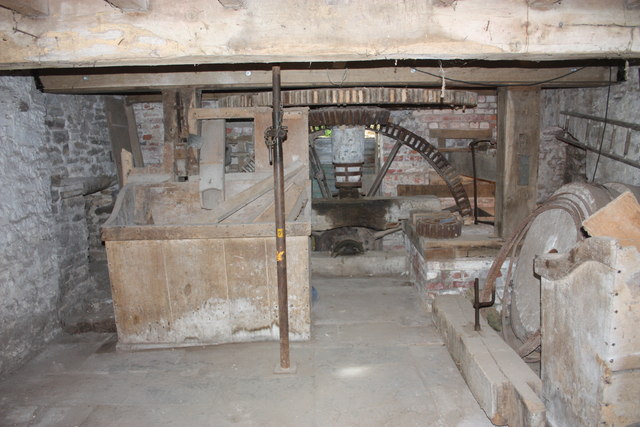


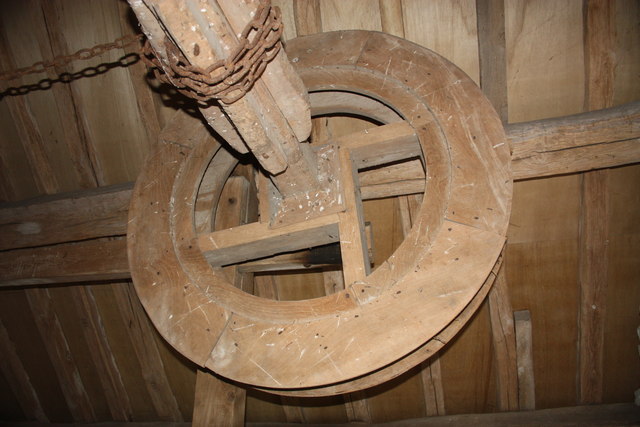
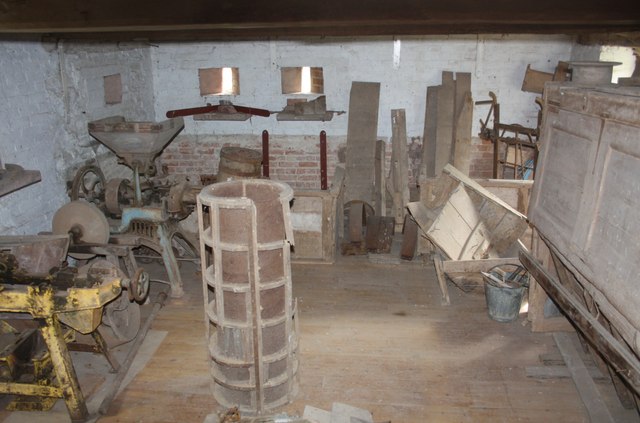
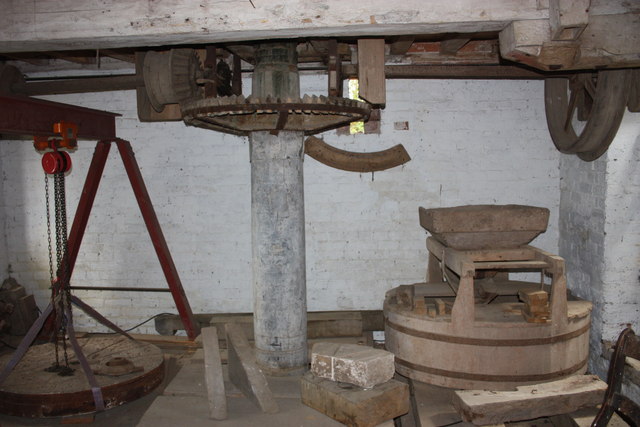

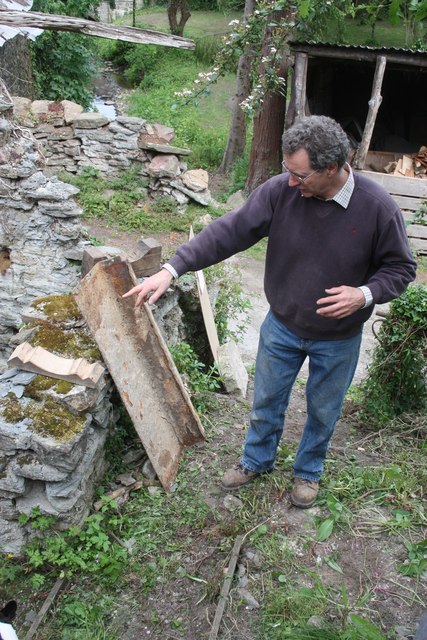
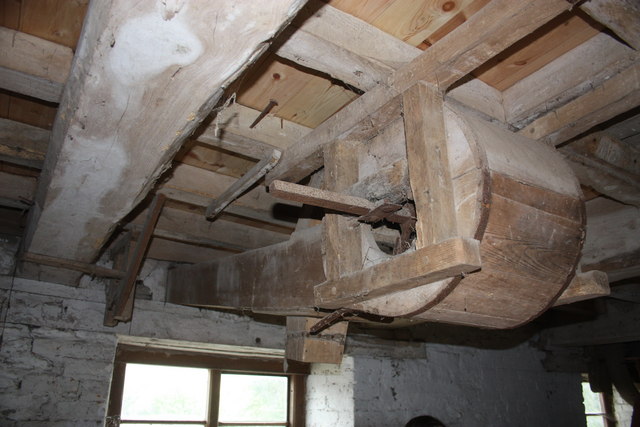


Larport is located at Grid Ref: SO5738 (Lat: 52.038723, Lng: -2.6282982)
Unitary Authority: County of Herefordshire
Police Authority: West Mercia
What 3 Words
///joggers.asteroid.represent. Near Lugwardine, Herefordshire
Nearby Locations
Related Wikis
Mordiford
Mordiford is a village and civil parish in Herefordshire, England on the B4224 Hereford to Mitcheldean road 4 miles (6 km) east-southeast of the city of...
River Lugg
The River Lugg (Welsh: Afon Llugwy) rises near Llangynllo in Radnorshire, Wales. It flows through the border town of Presteigne and then through Herefordshire...
Hampton Bishop
Hampton Bishop is a village and civil parish south-east of Hereford, in Herefordshire, England. The population of the civil parish at the 2011 Census was...
Fiddler's Green, Herefordshire
Fiddler's Green is a hamlet in the English county of Herefordshire. It is located near the River Wye on the B4224 road that connects Hereford and Ross...
Nearby Amenities
Located within 500m of 52.038723,-2.6282982Have you been to Larport?
Leave your review of Larport below (or comments, questions and feedback).





